Apart from toxic weeds, discussed in a previous article, our paddocks are often invaded by other plants that are not grasses. Although generally they are not going to harm your horse they will compete with the grass for nutrients and if not controlled will tend to spread as they will run to seed. One thing for sure is that they are generally hardy and once present are difficult to eradicate.
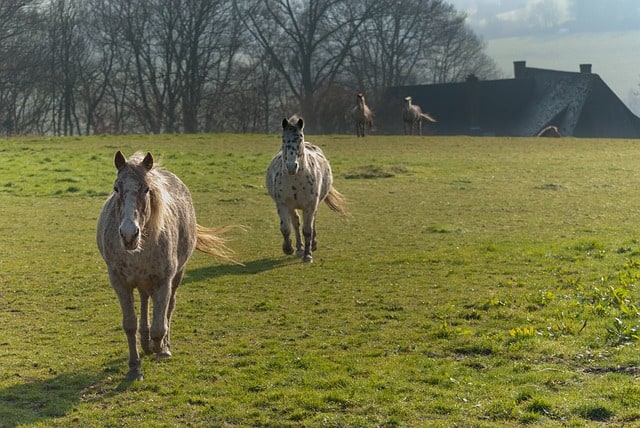
First let’s clarify what a weed is; a weed is any plant growing where it is not wanted. So a poppy in your garden where you planted it is a flower, but in a corn field it’s a weed. Most invasive field weeds are generally wild and not cultivated with the odd exception; some are covered by the noxious weed act and controllable by law. So let’s take a look at some of the most commonly found.
Docks
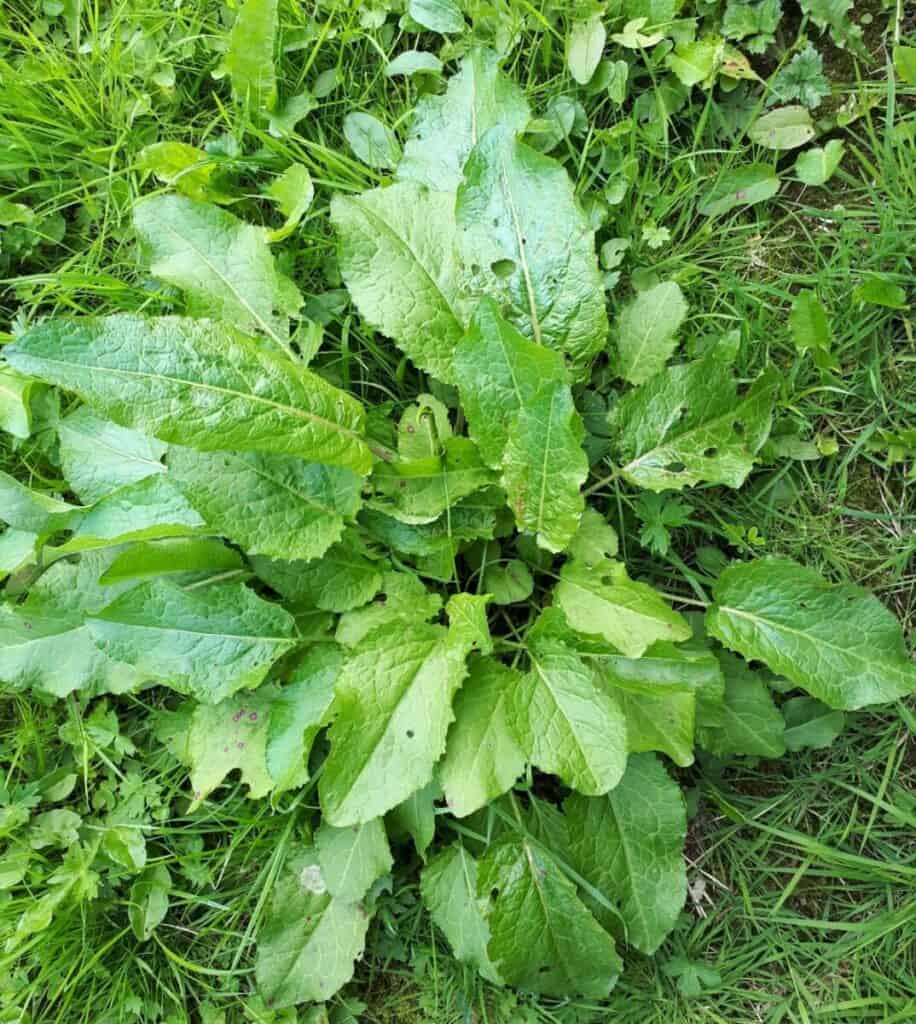
The age old enemy that is docks in horse paddocks is well documented. There are several varieties and all are covered by the noxious weeds act. The most common in Ireland are the curly dock (Rumexcrispus) and the broad leaved dock (Rumexobtusifolious). They thrive in soil that is acidic and rich in nutrients especially potash. Easily establishing in areas where the grass sward is open and soil is bare. Areas such as those where grass growth has been suppressed due to poaching in winter are ideal for their growth. Although docks are unpalatable and unlikely to be eaten by horses, they will compete with the grass for light and nutrients and this in turn will suppress the regrowth of the grass. If left unchecked the plants can develop a vigorous leaf system that will allow the plant to put down deep tap roots that will sustain the plant over winter. If allowed to flower and seed, then each plant can produce 60,000 seeds that remain viable in the soil for years and will germinate whenever conditions are favorable.
So How Can We Control Them?
Generally they are controlled with an application of selective herbicide, the best results are achieved when docks are actively growing, during the spring. Wait until they are 15-25cm high or wide but before a seed head appears. When the plant starts to produce seeds, more nutrients are transported up the plant to facilitate seed production and less chemical is taken down to the roots, leading to a likelihood that the root will not be fully killed and the plant will regrow. This is one of the most common mistakes and often leads to the comment that the herbicide chosen had little effect in controlling them and was a waste of money. If spraying is not an option keep cutting them to prevent them from seeding and to control vigor. You can try digging them up if you need a good work out but the reality is that you are likely not to get all of the long tap root out and they will be back.
Nettles
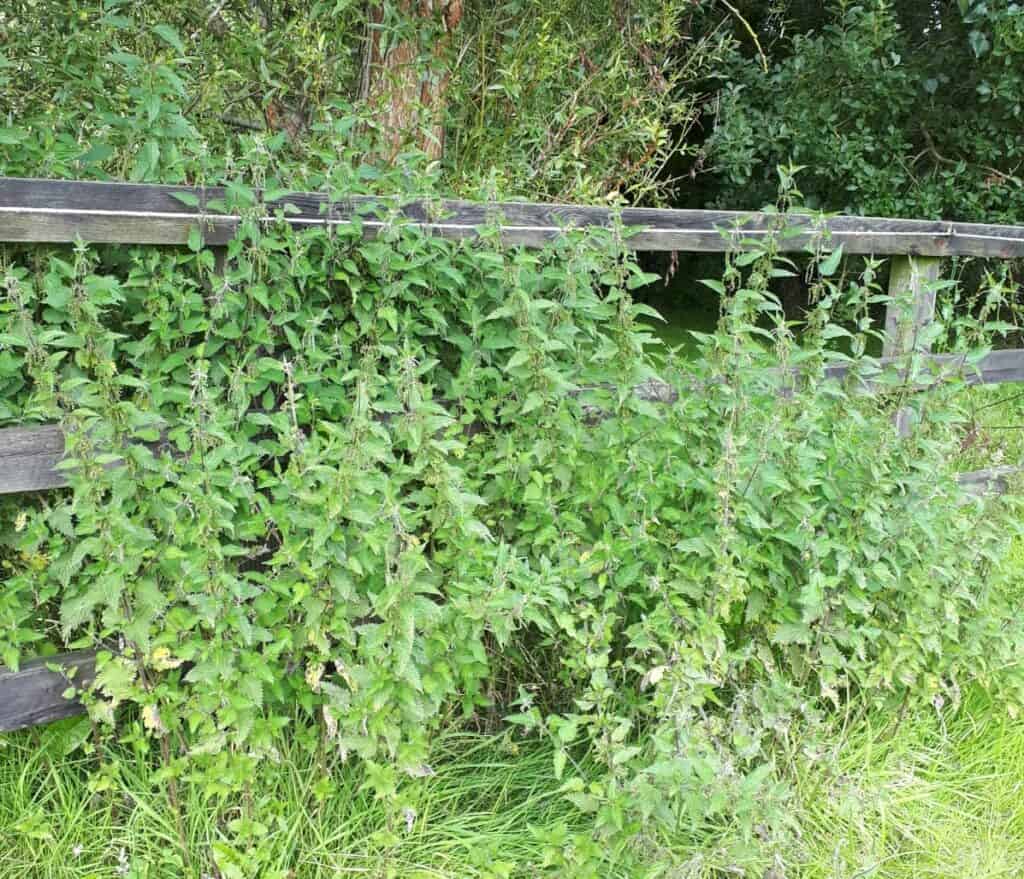
Going side by side with the dock are common stinging nettles (Urtica-dioica). I say this only because the antidote to the acidic nettle sting is the alkaline sap from the dock leaf. They share a few similar traits, both are perennials and both produce seeds. The nettle however has male and female plants and is wind pollinated. Nettles also have a network of underground roots in the form of rhizomes; these can spread several meters and pop up to produce a new clump of nettles. No wonder they have the ability to spread into large patches very quickly. Nettles like moist conditions with phosphate rich soil and can grow in shaded areas, which is why we often see them along hedge rows. They do have some beneficial properties but due to their unpleasant ability to sting they are unlikely to be eaten unless dried or cooked, and so rapidly spread if unchecked. If horses are stung by the nettles, say for example if they roll on a patch of small spring nettles, they can have quite bad reactions and show colic like signs and unpredictable behavior in an attempt to get away from the painful sensation. That and a skin rash over the area of contact would be characteristic.
How to Control Nettles.
Although they can be kept in check somewhat by repeated cutting; the best way to eradicate them is to use a systemic herbicide and to spray when small and actively growing before the nettle flowers. If they have got tall then chop them down and spray the regrowth as it appears. Due to nettles forming clumps they can be spot sprayed effectively rather than treating the entire paddock.
Thistles.
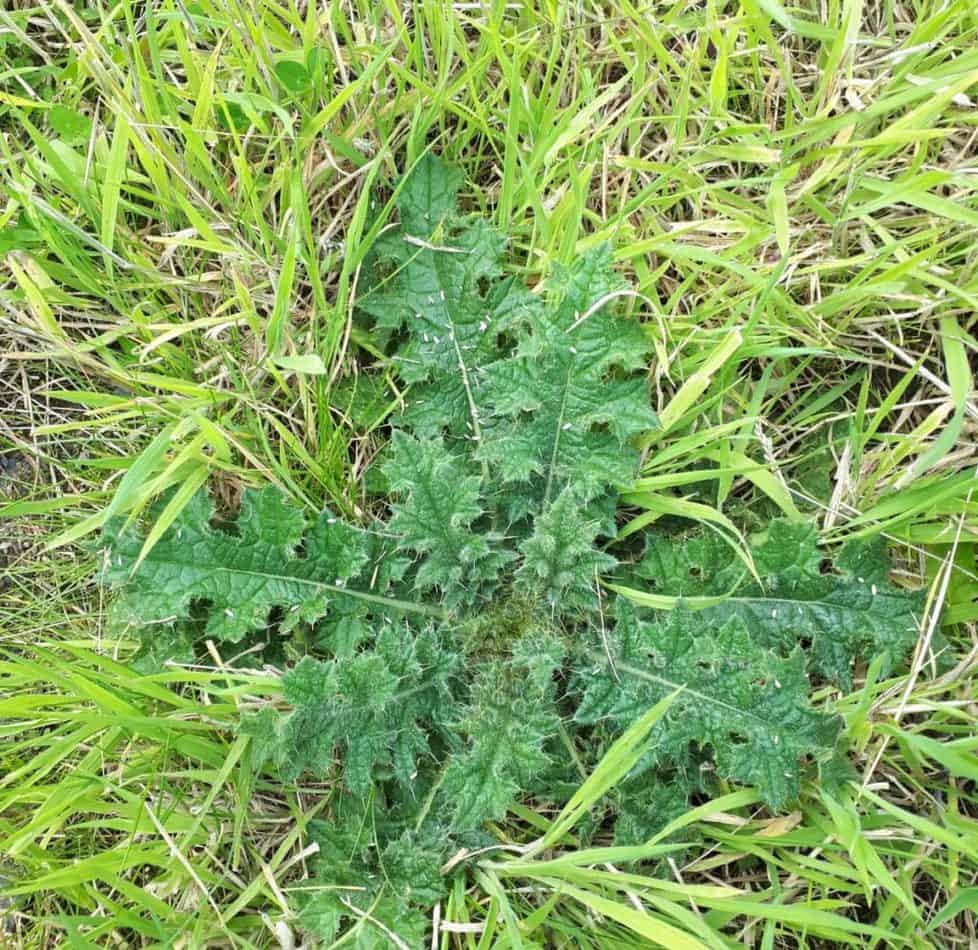
There are several types of thistles and they are all prickly so unlikely to be grazed. Thistles are covered by the noxious weed act. Each type has slightly different growth patterns; Thistles.
Spear thistle (Cirsiumvulgare) has a 2 year cycle, growing the first year in a rosette pattern and flowering on a tall stem in the second.
How to Control Spear Thistle.
Topping can help to keep these in check if it is regularly carried out before the thistles flower in the second year. Again if you want to burn off some energy, and only have the odd one, digging can be an option.
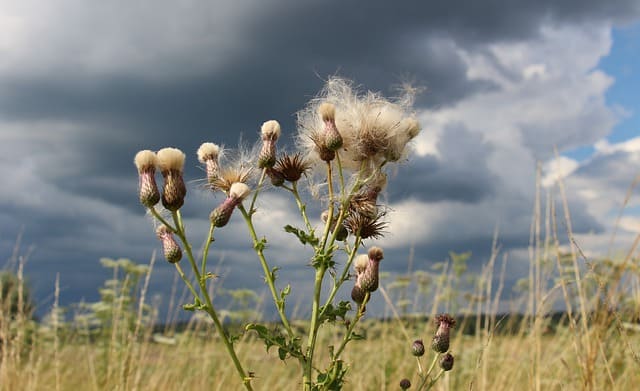
Creeping thistle (Cirsiumarvense) is more difficult as it has an extensive network of underground rhizomes all capable of putting up new plants as well as the ability to produce wind born seeds from the flower heads. Seeds are it’s secondary method of reproduction and the rhizomes can spread 20m and fragments can remain viable for years in the soil. So this species has the ability to be able to take over large areas and compete with the grass for nutrients. Poor soil nutrients tend to encourage thistle growth as does bare or open grass sward.
How to Control Creeping Thistle.
Topping can help to keep it in check to a certain degree but due to the root network it is best controlled by using a systemic herbicide.
Rushes.
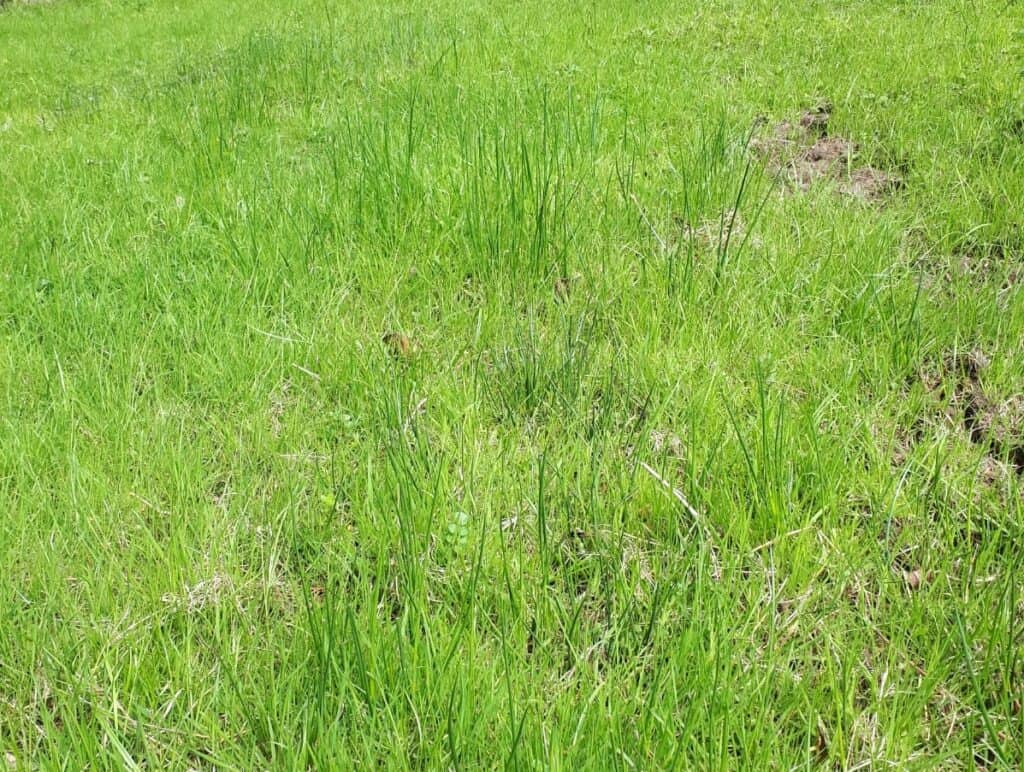
The soft rush (Juncus effuses) is a perennial weed. It is traditionally associated with wet areas that have acidic soil with poor nutrient content; however in recent years it is becoming more wide spread mainly due to increased levels of rainfall. It is not toxic but is likely to form dense clumps that over shadow the grass. These clumps can spread by creeping rhizomes and seeds that are easily dispersed by the wind.
How To Control Rushes.
Cutting the rushes before they seed can help to control infestations, repeated cutting will help to deplete the roots and exhaust the plant which will allow the grass to compete and grow. Ultimately improving drainage and applying lime to raise soil ph. would be more effective in control especially when combined with an application of a suitable herbicide.
Application can be done with spot spraying or use of a weed wiper. Reducing over grazing and poaching, that causes compaction of the soil can prevent areas becoming waterlogged, and will help to discourage the rush to estab[1]lish in the first place.
As with all weeds regular maintenance and control measures are the key to having your Grassland in Tip Top Condition, with plenty of yield for your Stock.
This Article by Jessica Soley BHSI, was originally published in the September 2020 Issue of Irish Sport Horse Magazine.
